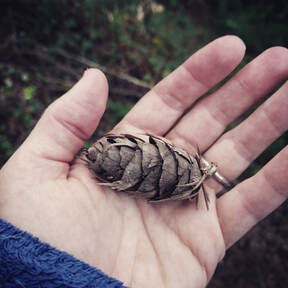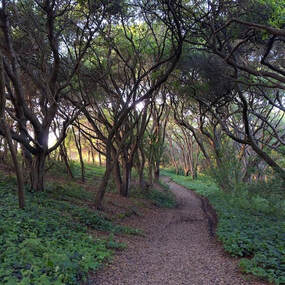|
When our struggles become overwhelming and push us into corners that we feel we can’t get get free from, then it can be helpful to turn to nature. People have divorced themselves from nature, we have language that describes nature as unalive, not feeling, simply a resource. And this implies that its value lies in what we can get from it (and particularly, how much money we can make from it). We don’t perceive ourselves as having to operate by the same patterns and principles as nature. But what if we did? Indigenous people and some lingering practices from inside of extractive cultures remind us that it wasn’t always like this. There are other ways to perceive our relationship with nature. Landscape of Mothers encourages us to explore this new but ancient way of relating to earth and her inhabitants. As we do this it is important that we reconnect with our own ancestral path, and that we do not use someone else’s way. Even if our lineage of nature relationship has been lost, we can claim a new relationship with earth that is mutual through research of our family line, and most importantly, through our own bones and our own experience. Landscape of Mothers is a framework for having our own experience of nature, that can be mutual, interactive, and contemplative. But how does this happen? It happens because we intentionally step into a process with nature that facilitates a deeper relationship. Like any relationship it needs frequency, spaciousness, and reciprocity. So, we create a pattern out of those needs. We need to visit at a frequency appropriate to the kind of relationship we want to have. That is, if we want to go deep, it helps to visit more often. This is akin to how often we visit or interact with our friends. This is where we establish reliability and stability for all parties involved. It doesn't require perfection or rigidity, but a devotion and the creation of an ongoing conversation. We also want to intentionally create spaciousness, and by that I mean flexibility to listen, to simply be together, and to allow the meeting to take up space in you. This is a practice of letting the relationship touch you in ways you don't expect, making room for what you can learn from the natural world. Quiet, curiosity, and slowness tend to this part of the relationship. In the reciprocity of the relationship we can access depth. Not only only are we spending time in nature getting to know it, we are letting it know us. You can see animals respond to your presence in the wild, but do you know that the trees and plants do too? It makes sense, that our life force energy sees, notices, and responds to one another. (See the book The Secret Life of Trees for some spectacular stories about this). The parallel here is that if we want to change our family culture, we need somewhere new to build relationships that uphold the values and dynamics we wish to become more fluent with. Nature is a powerful place to begin this exploration because trees are non-judgmental as to where you are beginning from, and they release chemicals that interact with your nervous system that are calming. This is why it so often feels like a relief when you step into the forest. Let the blessing wash over you.
0 Comments
Leave a Reply. |
Author: Jill CliftonHi, I'm Jill, creator of Landscape of Mothers. I'm here to talk about breaking family patterns of harm so that we can parent our children in ways that support them becoming fully themselves. I'm happy to have you here! Archives
June 2024
Categories
All
|



 RSS Feed
RSS Feed